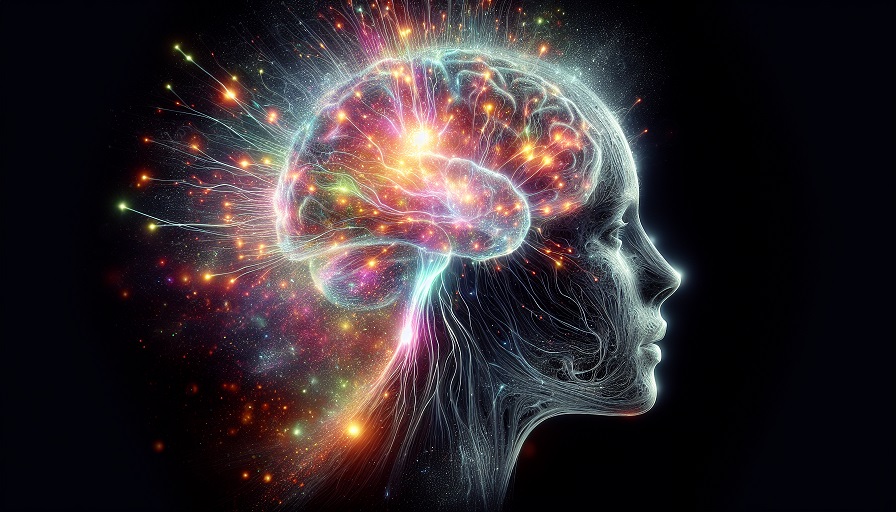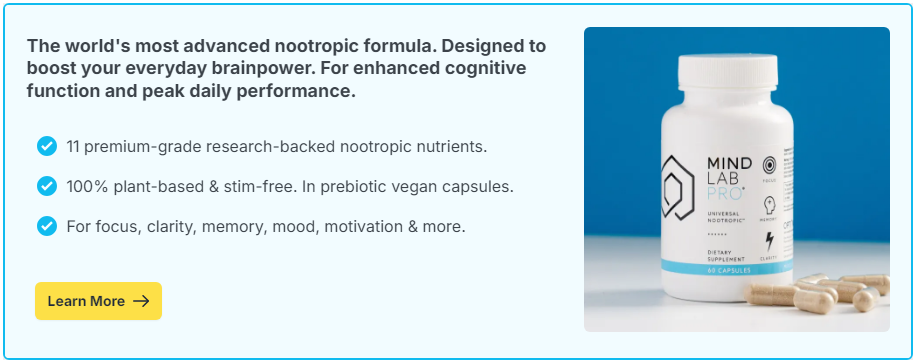
Yes, handwriting notes can enhance cognitive retention by promoting deeper processing, improving conceptual understanding, and engaging more brain regions involved in learning and memory consolidation.
Contents
Why the Brain Responds Differently to Handwriting
Writing by hand is a more physically and cognitively demanding task than typing. It requires fine motor coordination, spatial awareness, and continuous decision-making about what to write and how to write it. These demands activate more brain regions than typing, including areas involved in motor planning, working memory, and language processing.
In contrast, typing tends to be faster and more verbatim. People who type often transcribe spoken content without engaging in the same level of synthesis or interpretation – limiting the depth of encoding that supports long-term memory.
Key Studies Supporting Handwriting’s Cognitive Edge
-
The Mueller & Oppenheimer Study (2014):
One of the most cited studies on this topic, it found that students who took notes by hand performed better on conceptual questions than those who typed. Handwriters were more likely to summarize and rephrase content, which improved learning. -
University of Tokyo Research (2021):
Using fMRI, researchers showed that handwriting activates the hippocampus and visual processing areas more strongly than typing or using a stylus. They linked handwriting with stronger memory consolidation. -
Norwegian Study (2020):
This study found that children who practiced cursive writing had more neural activation across sensory and motor areas than those using keyboards, suggesting a developmental advantage tied to manual writing.
The Cognitive Processes Behind Better Retention
1. Generative Processing
When writing by hand, you’re more likely to paraphrase, distill, and structure information rather than copy it word-for-word. This “generative” processing improves encoding into long-term memory.
2. Desirable Difficulty
Handwriting slows you down – but that’s a feature, not a bug. The added friction forces you to focus, prioritize, and mentally organize, creating stronger memory traces.
3. Sensorimotor Integration
Handwriting involves movement-based learning. The tactile feedback of pen on paper, combined with the physical formation of letters, adds a spatial and kinesthetic layer to memory formation. This kind of embodied cognition is absent when typing on a keyboard.
Handwriting vs. Typing: When One Beats the Other
- Typing wins for speed and quantity: Ideal for capturing dense, factual content quickly – like meeting notes or court transcripts.
- Handwriting wins for comprehension and insight: Especially effective during learning, studying, or preparing to teach others.
- Hybrid strategies work well: Many learners benefit from handwriting core insights and using digital tools for organization and review.
Implications for Students, Professionals, and Creatives
Students: Handwriting can improve performance on exams that require conceptual thinking, not just rote recall.
Knowledge workers: Writing notes by hand during planning sessions or brainstorming may enhance focus and problem-solving clarity.
Writers and creatives: Many authors report deeper engagement and fewer distractions when outlining or drafting ideas by hand.
Limitations and Nuances
Not everyone benefits equally. People with dysgraphia or fine motor issues may find handwriting frustrating or fatiguing. In such cases, assistive tech may be more cognitively supportive. Also, the benefit of handwriting appears strongest for learning and recall – not necessarily for real-time communication or collaboration.
Finally, paper notes can be difficult to organize, search, or back up – making digital capture and review tools a necessary complement for many.
Yes, handwriting notes does enhance cognitive retention – especially when deep understanding, conceptual processing, and long-term memory are the goal. While typing is faster, it often encourages shallow encoding. Writing by hand slows you down just enough to engage your brain more deeply, making what you learn more likely to stick. For students, thinkers, and creatives alike, pen and paper remain powerful tools for sharpening the mind.

